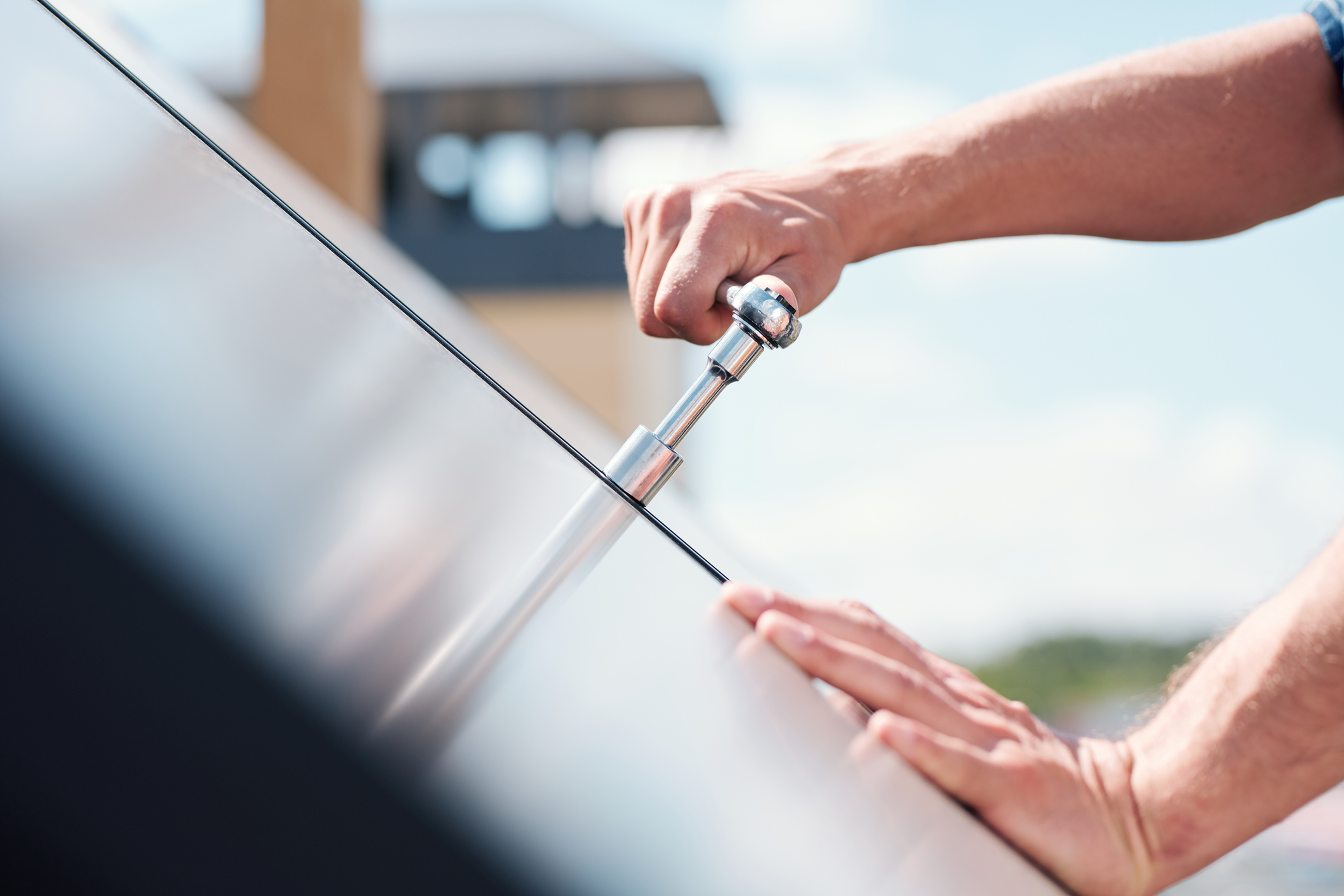First, you’ll need to learn about the possible technologies and consider what’s possible for your home. Some technologies simply won’t be suitable. For example, some technologies have specific requirements for installation:
- Solar PV and solar thermal systems depend on the way your roof faces.
- Solar thermal, heat pumps and biomass require space inside and outside.
- Hydropower systems require a nearby stream or river.
If you live in Scotland, use the renewables selector tool to help you find a suitable technology for your home.
Our technology pages have key considerations for each type of system:

